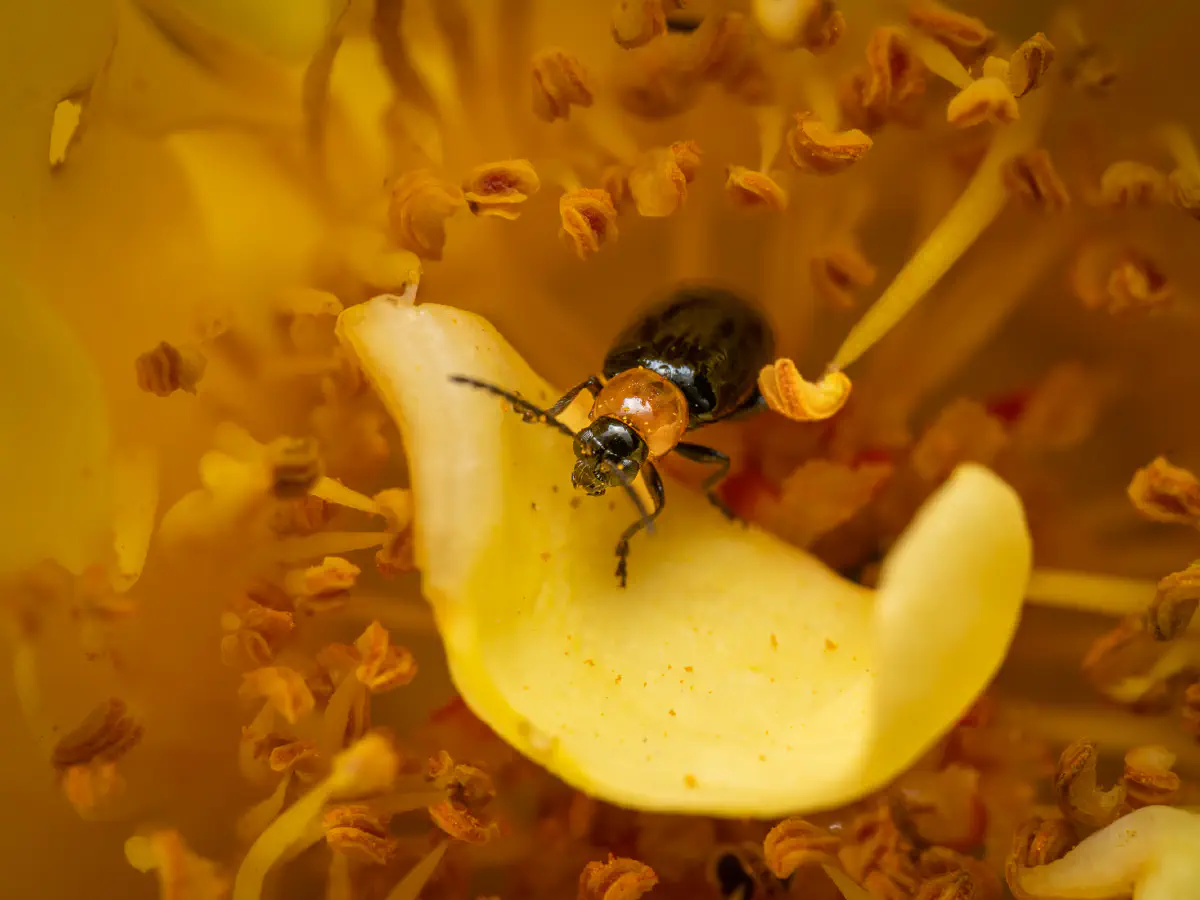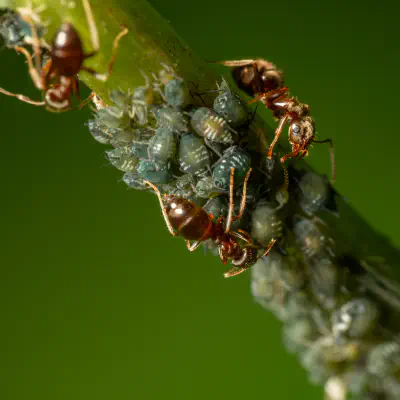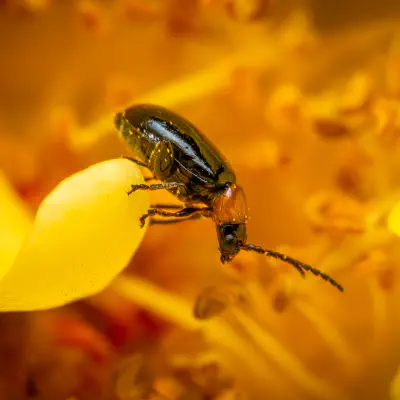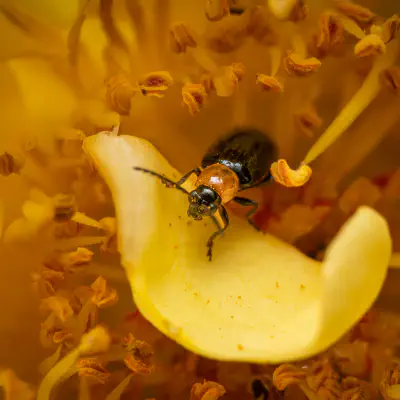The genus Exosoma is derived from the ancient Greek ἕξω, meaning outside and σῶμα, meaning body. The Latin species name lusitanicus, meaning occurring in Lusitania (Portugal), refers to the area of distribution of this species.
Daffodil Leaf-beetle (lat. Exosoma lusitanicum)







This is not intended to be a dry lexicon. Personal stories and sensitive articles form the framework for our pictures: „Accidental queen“
On the understanding of roles in nature



